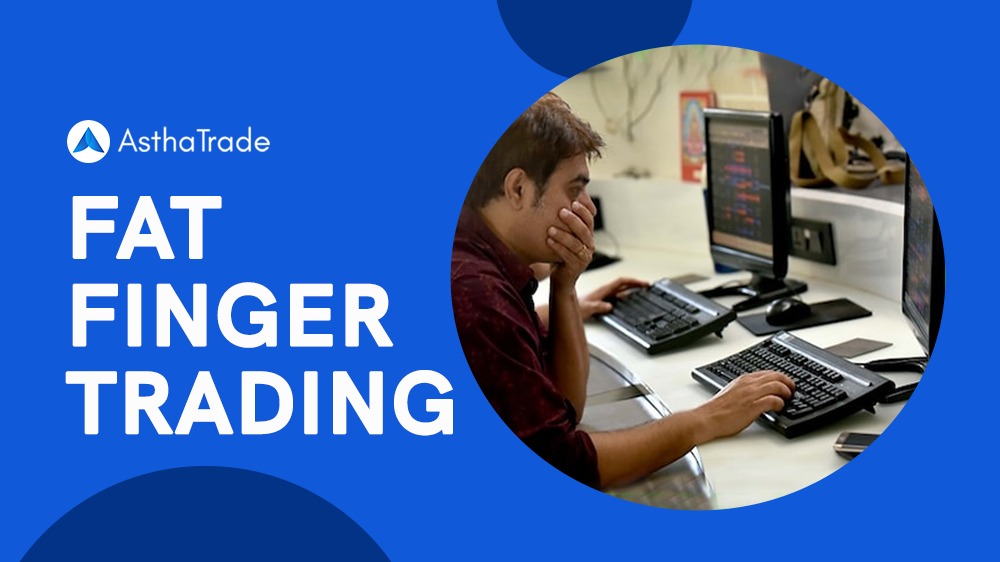A word doc has a function called Ctrl + Z and many of our readers would know its use.
i.e., to undo an unintentional mistake committed by you but we don’t have a Ctrl + Z key for trades executed in the market. Once the trade is executed it can’t be reverted back technically.
We are not talking ₹10-15 lakhs trade losses but a whooping ₹ 250 crore loss on just one trade. Yes, I was shocked just like you are right now!
On Thursday, which is the weekly expiry day for Nifty options.
One of the big broking houses executed Nifty call options at 14,500 strike at prices a trader reportedly sold 25,000 lots of Nifty call options at 14,500 strike at prices of as low as Re 0.15.
At that time, the market price for this contract was about Rs 2,100. When this trade was put into the exchange, the Nifty was hovering at the 16,600 level.
Which resulted in loss of ₹250 crore. This unintentional mistake in the market is called ‘fat finger’ Trade.
But what exactly is the ‘fat finger’ trade?
A fat finger trade refers to an erroneous trade due to a mouse misclicking or punching a wrong key.
Which could lead to a huge loss for the one initiating the trade and a windfall gain for others who took advantage of that mistake.
As soon as the freak trade gets executed, the price hits an abnormal level for a fraction of a second and then returns to the level where it should actually be.
The stock market is a ‘zero sum game’, if one party loses the other party gains.
The major gainers from this trade were two Kolkata-based brokers who made windfall gains from the incident, with one richer by Rs 50 crore and the other by Rs 25 crore.
It is not the first time this type of fiasco has happened in the market, rather globally ‘fat fingers’ trade has taken place.
- $600 billion inflated order for blue-chips in 2014 at a Japanese exchange.
- $28 billion wrong transfers into several accounts in 2018 at a deutsche bank.
- ₹60 crore loss an Emkay Global Trader caused in oct. 2012 in Nifty contracts.
Now, you might argue, We are human beings and we tend to make mistakes in life and learn from them so that we don’t repeat the same mistake again.
Isn’t there a solution to this revertable problem?
Yes, the market does have a solution to this problem. Actually, there are ex-ante and ex-post solutions.
Ex-ante precaution
The exchange itself provides an alert system for trades that are at substantial premium or discount to the market price or on a personal level to buy an indemnity insurance for the trade which is executed in huge volume.
Broking house already had insurance for the trade i.e., the amount would be covered.
Ex-post solution
According to NSE India circular, The trading system of the Exchange provides a facility to a member to initiate a trade cancellation request in electronic form.
Whereupon the member on the other side of the trade receives the details of the trade cancellation request in an anonymous manner.
If the counterparty doesn’t accept the request then no further process is done but if the counterparty accepts the request further due diligence is done for the same.
Now, you might ask, why would someone give away gains and that too in crores because of someone else’s mistake?
Though it is totally at the discretion of the counterparty and they might accept the request thinking that today it has happened with someone else, tomorrow it might happen with me.
So, out of a humanitarian perspective and considering a bigger picture they revert the gains back to the host and in the past, people have actually given back these gains.

